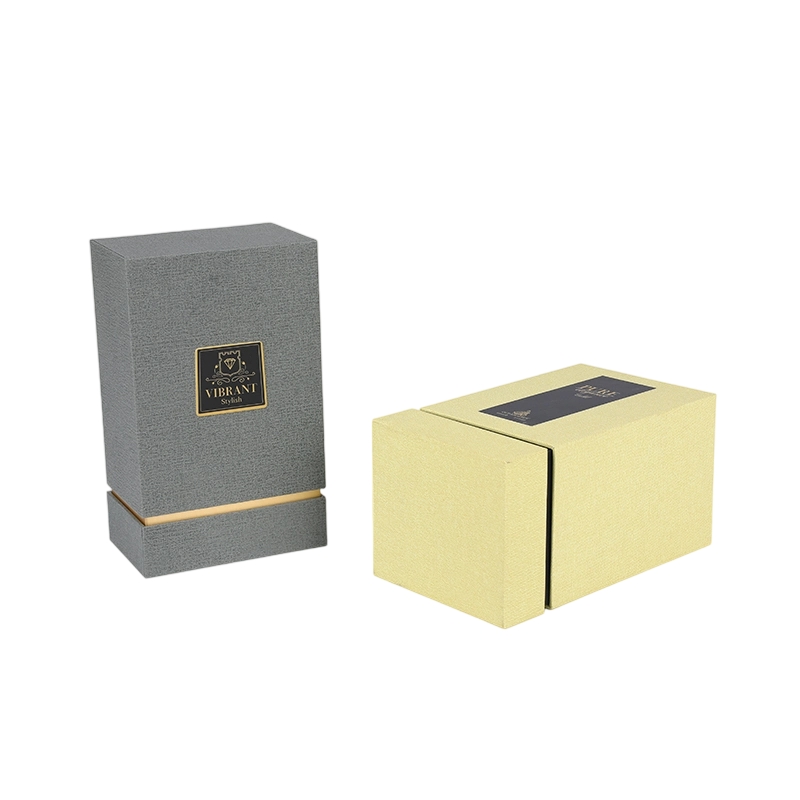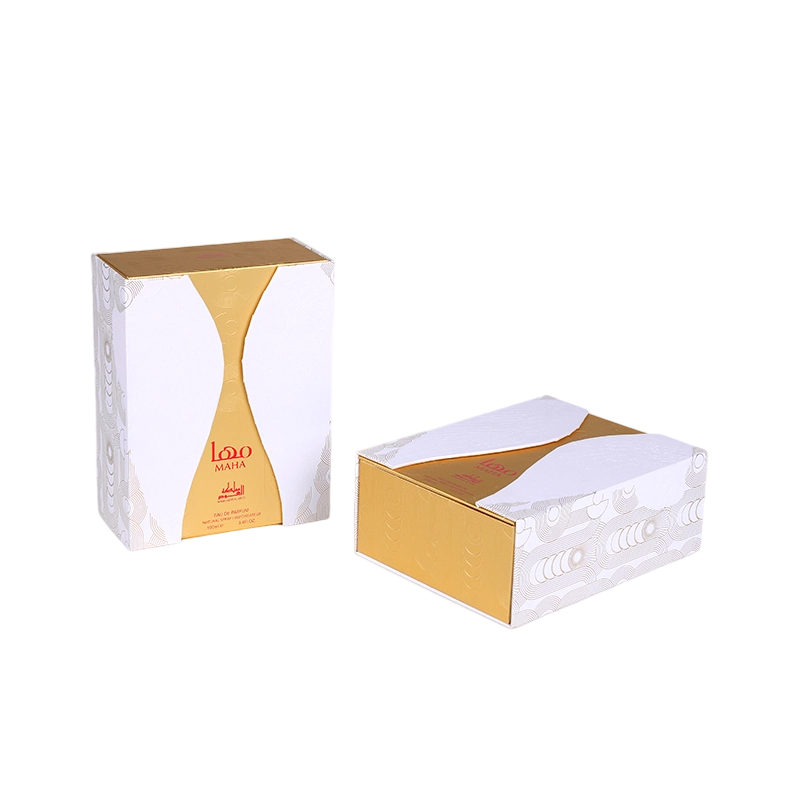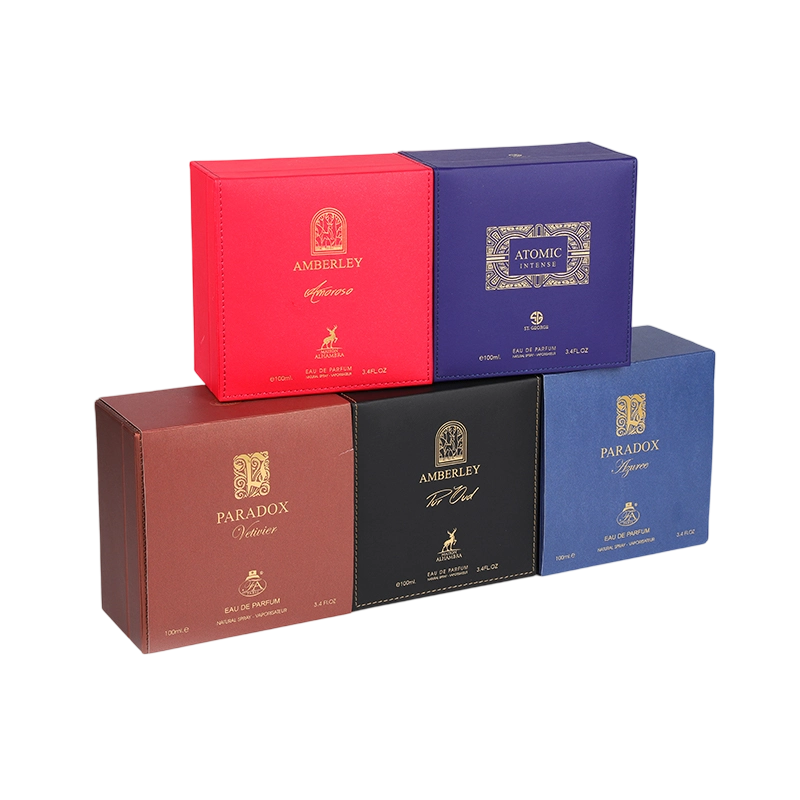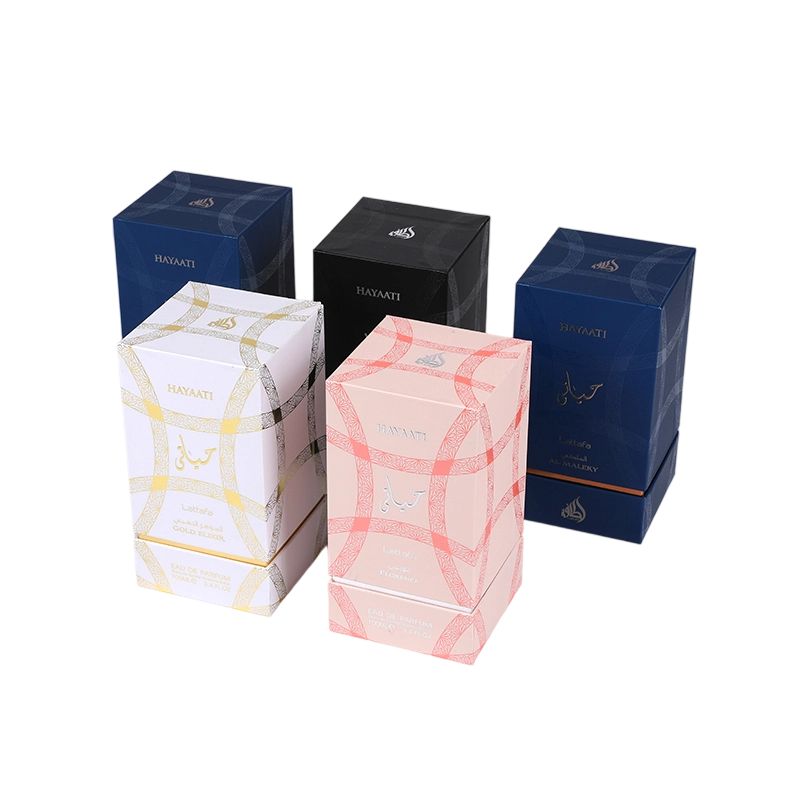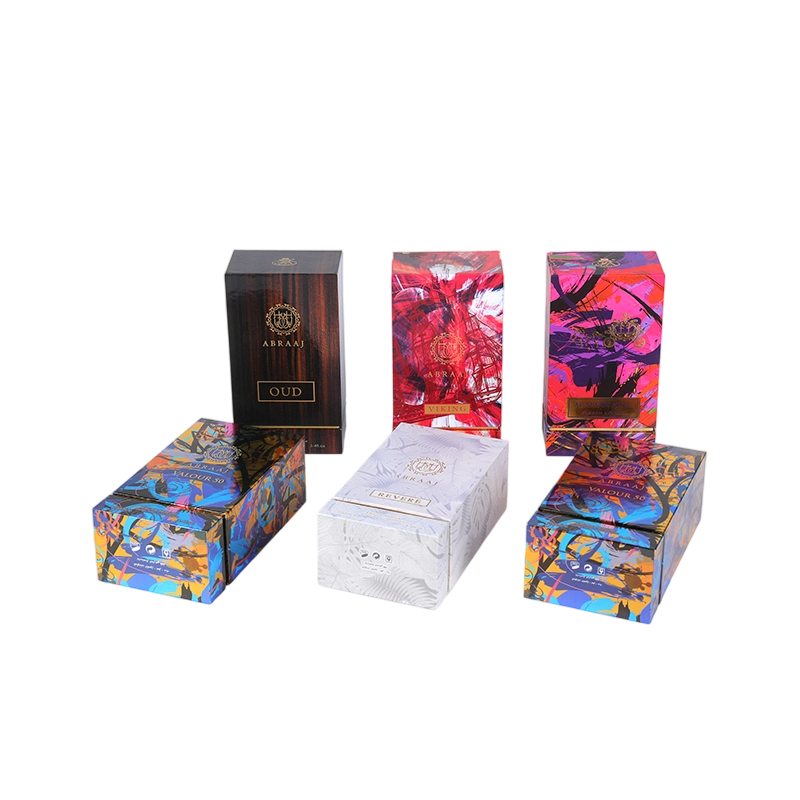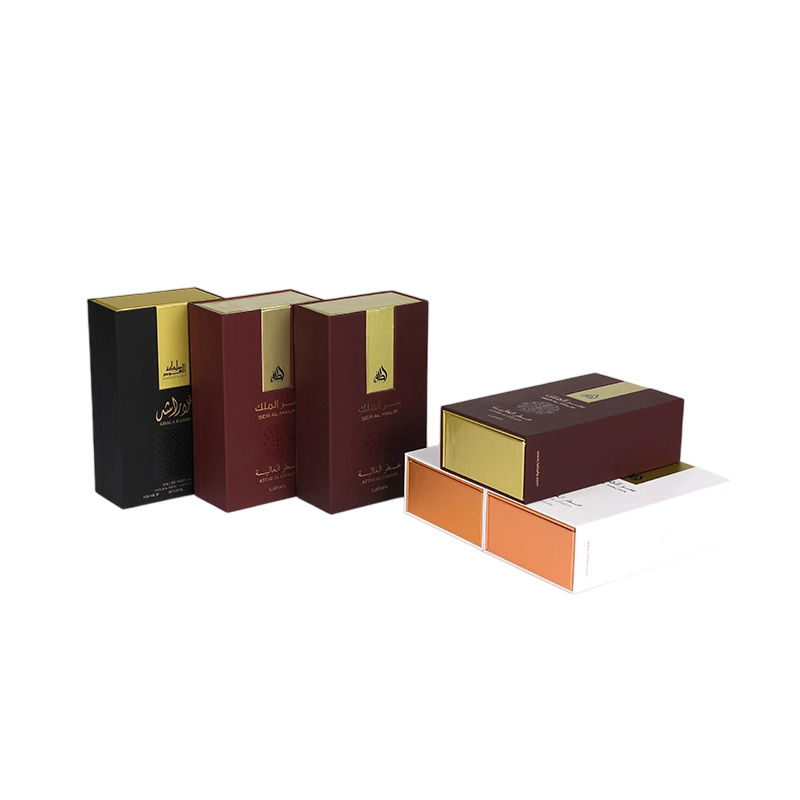The structural design of cosmetic boxes plays a vital role in ensuring the protection and safety of products. Cosmetics are usually fragile (such as glass bottles, liquids that are easy to spill, etc.) or very sensitive to environmental factors (such as air, moisture, light, etc.). Therefore, the design of the packaging box must not only ensure the appearance of the appearance, but also provide sufficient physical protection and sealing protection.
Lining and filling design is one of the core elements of the structural protection of cosmetic boxes, which can effectively prevent the product from being impacted and squeezed during transportation and storage, especially for liquids, glass bottles or fragile cosmetic containers.
The use of foam materials (such as EPE foam, foam plastic or polystyrene) can effectively absorb external impact and protect cosmetics from damage caused by falling or collision. This material is often used to package glass bottles or other fragile containers.
For lighter cosmetic packaging, paper lining (such as corrugated paper, cardboard, etc.) can provide a certain cushioning effect to prevent cosmetics from direct contact with the box wall and reduce the risk of collision damage.
Bubble wrap is a common protective material that can effectively isolate products from external impacts. It is especially suitable for smaller high-end cosmetic packaging, especially for providing additional safety protection during online e-commerce delivery.
Some high-end cosmetic packaging uses customized molded liners (such as blister molding), which are precisely designed according to the shape of the cosmetics to provide more stable fixation and protection.
Sealing is another important aspect of cosmetic packaging, which is mainly used to protect cosmetics from external factors such as air, moisture, pollutants, etc., to extend shelf life and prevent leakage.
For liquid cosmetics or paste cosmetics, sealing design is particularly important. Through precise thread, buckle or seal design, it can ensure that the cosmetic box does not leak during transportation, storage and use. For example, the sealing ring designed at the bottle mouth (such as silicone ring, rubber ring) can effectively prevent liquid from spilling.
Some high-end skin care products or perfume boxes may adopt an airtight design, which is sealed by film sealing or compression packaging to isolate air from entering, avoid oxidation or bacterial growth, and protect the freshness of the product.

Moisture-proof function is particularly important for cosmetics, especially for powdered, paste products or some liquid products. Sealing design can prevent moisture from entering, thus preventing the product from deteriorating or failing.
Compression-resistant design can effectively prevent cosmetics from being damaged by external force during transportation, especially for hard boxes and relatively sturdy containers.
The structure of the cosmetic box can be reinforced to improve its compression resistance by reinforcing materials, such as using thickened cardboard, reinforced plastic or metal frames. These reinforcement designs can ensure that the box will not deform or break when subjected to external pressure.
For some heavier cosmetic boxes (such as large bottles of skin care products and perfume bottles), increasing the thickness of the outer wall of the box and using hard materials (such as thick cardboard, metal shells, etc.) can effectively enhance the box's compression resistance and prevent the box from being damaged during transportation and stacking.
Anti-theft and anti-counterfeiting functions not only protect the rights of consumers, but also provide additional security for brands. Especially in the high-end cosmetics market, anti-counterfeiting design can effectively prevent counterfeit and inferior products from entering the market.
Use laser engraving, anti-counterfeiting QR codes, RFID tags or watermark technology to prevent counterfeiting. These technologies can add special logos to cosmetic boxes, and consumers can scan and verify the authenticity when purchasing, increasing the safety of the product.
Many high-end cosmetics use special seals or stickers at the opening of the packaging box. Consumers must tear off the seals to use the products after purchase, which not only increases the safety of the products, but also prevents illegal unpacking.
Tear-resistant packaging materials can effectively prevent damage or leakage of products after consumers or third parties open the packaging. Especially when there are multiple small packages in the box, the use of tear-resistant packaging can increase the safety of the product.
Some cosmetics (such as skin care products, perfumes, essential oils containing natural ingredients, etc.) are very sensitive to light, especially ultraviolet rays or strong light may cause their ingredients to decompose or oxidize. In order to protect the product, light-proof design is very necessary.
Protect cosmetics from ultraviolet rays by using opaque or UV-blocking materials (such as aluminum foil, colored glass, special plastic materials, etc.), extend their service life and maintain their effectiveness.
For products that are easily damaged by light, such as perfumes or essential oils, light shields can be added or special colored bottles can be used, such as dark glass (such as dark blue, amber, etc.). These designs can effectively reduce the impact of light on the product.
Convenient opening design and resealing function can help improve the user experience of cosmetics, and also ensure that the product will not be contaminated or leaked due to frequent opening during use.
Easy-to-open packaging design, such as pull ring, tear-off seal or easy-to-unscrew bottle cap, can be used. Such design is convenient for consumers to use while maintaining sealing.
To avoid product deterioration after the first opening, the design should ensure that the packaging is resealable. For example, zipper bags, reclosable boxes, bottle caps with sealing rings, etc. can be used to ensure that cosmetics can remain fresh and safe after multiple uses.
Clear labels and instructions for use can not only help consumers understand the correct use of the product, but also increase the protectiveness of the packaging to avoid safety problems caused by improper use.
The packaging should clearly indicate the product's ingredients, instructions for use, production date, expiration date, and storage conditions to avoid consumers' misuse due to unclear or incorrect labels.
Anti-tampering labels can prevent labels from being replaced or tampered with during transportation, ensuring that the product is safe and reliable when consumers purchase it.
The structural design of cosmetic boxes not only needs to focus on aesthetics and brand image, but also needs to focus on practicality, protection, and safety. Through reasonable lining design, sealing and pressure-resistant design, anti-theft and anti-counterfeiting functions, light-proof design, and easy-to-open and reseal design, cosmetic boxes can effectively protect products from the influence of the external environment and ensure the safety, use experience, and quality of cosmetics. At the same time, with the increase in environmental protection and personalized needs, packaging design must also take into account sustainability and consumers' personalized needs to create innovative packaging solutions that are both safe and environmentally friendly.

 English
English 中文简体
中文简体 عربى
عربى
